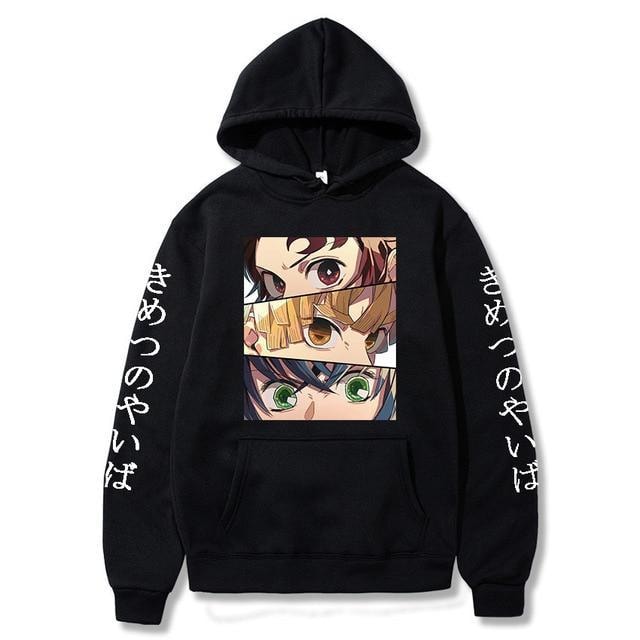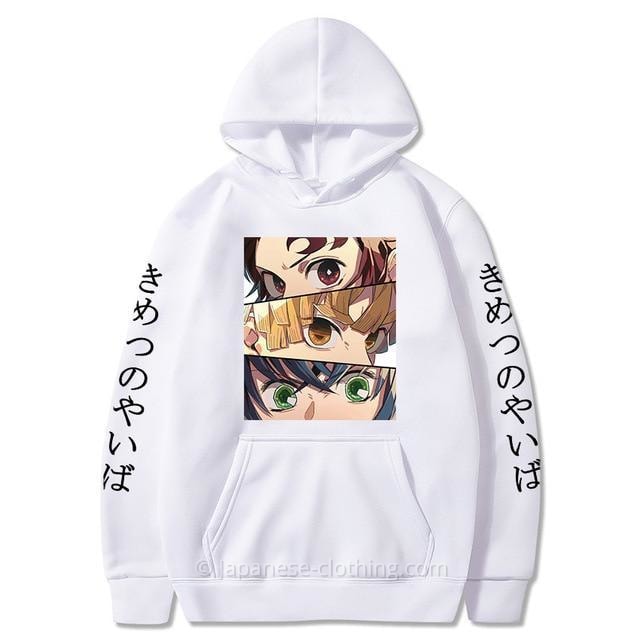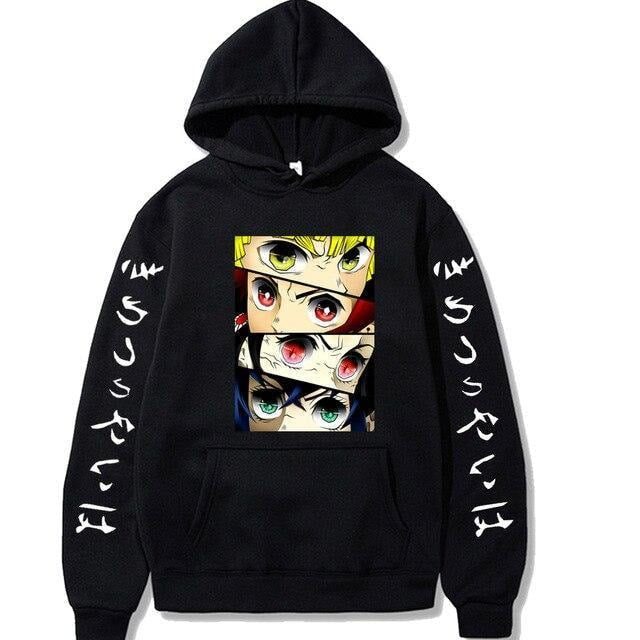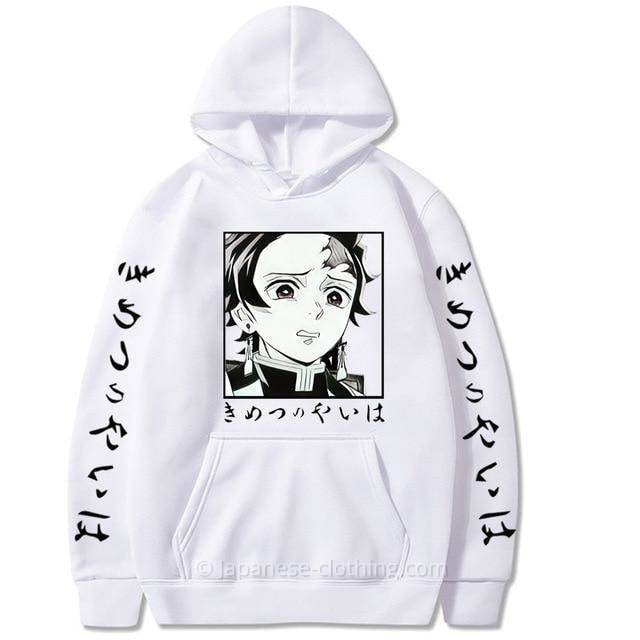Hachimaki
Showing 1–12 of 14 resultsSorted by popularity
-
Add to cart!
Black Hachimaki
Original price was: $35.00.$19.99Current price is: $19.99. -
Add to cart!
Blue Hachimaki
Original price was: $35.00.$19.99Current price is: $19.99. -
Add to cart!
Hachimaki Tōkon
Original price was: $35.00.$19.99Current price is: $19.99. -
Add to cart!
Hachimaki Peace
Original price was: $35.00.$19.99Current price is: $19.99. -
Add to cart!
Hachimaki Kamikaze
Original price was: $35.00.$19.99Current price is: $19.99. -
Add to cart!
Hachimaki Hissho
Original price was: $35.00.$19.99Current price is: $19.99. -
Add to cart!
Hachimaki Tokyo
Original price was: $35.00.$19.99Current price is: $19.99. -
Add to cart!
Hachimaki Samurai
Original price was: $35.00.$19.99Current price is: $19.99. -
Add to cart!
Hachimaki Rising Sun
Original price was: $35.00.$19.99Current price is: $19.99. -
Add to cart!
Hachimaki Ninja
Original price was: $35.00.$19.99Current price is: $19.99. -
Add to cart!
Hachimaki Karate
Original price was: $35.00.$19.99Current price is: $19.99. -
Add to cart!
Hachimaki Ichiban
Original price was: $35.00.$19.99Current price is: $19.99.
Showing 1–12 of 14 resultsSorted by popularity
Hachimaki (鉢巻, lit. “head wrap”) refers to a narrow strip of cloth or cord traditionally worn as a forehead headband/bandana in Japan and typically featuring a kanji design on the front. It is commonly used to boost confidence, unify the spirit or improve morale and is often seen during non-everyday circumstances such as battles, religious ceremonies, exams, matsuri festivals, weddings, funerals, and illnesses.
Origins & History
Hachimaki has a long history, traditionally not worn daily but rather used to signify exceptional states or conditions. In Japan, it is customary for those carrying portable shrines or visiting shrines and temples to wear hachimaki. This custom also extended to wearing hachimaki during headaches, childbirth, and other significant life events, particularly before Japan’s period of high economic growth.
Hachimaki are symbols of extraordinary conditions. For example, in the Izu Islands, it is customary for women to wear hachimaki at weddings and funerals. The practice of hiding a bride’s horns during weddings holds a similar significance.
In Ainu culture, hachimaki called Matanpushi (for men) and longer ones called Sapashina or Chpanup (for women) are traditional. In the Ryukyu Kingdom, similar to Japan’s coronation system, headbands resembling crowns were part of ceremonial attire.
Materials and Varieties
Hachimaki are commonly made from red or white cotton, but they are available in various colors, and some hachimaki feature multiple colors. They typically measure 3-6 cm in width and 90-120 cm in length, although some long hachimaki can be 2-3 meters long.
There are standard tie-on hachimaki and pre-tied circular ones. Some popular tying styles include the twisted “nejiri hachimaki” and the “mukou hachimaki,” where the knot is worn at the forehead.
Custom Usage
Hachimaki are used for focusing the mind and boosting morale in many contexts. They are commonly seen on athletes and cheerleaders during sports festivals, students during exams, and in any sweaty conditions to prevent sweat from dripping into the eyes or around the neck. They also help to prevent blood from flowing down from head injuries.
In sports festivals, hachimaki serve to identify teams by color. In kabuki, specific colors and tying methods of hachimaki denote different roles or character states, such as indicating illness or madness.
Types of Hachimaki
Hachimaki come in various styles and types, each serving different purposes and symbolizing different aspects of Japanese culture. Here are some of the main types of hachimaki:
- Traditional Cotton Hachimaki
- Made from plain cotton, these are the most common type of hachimaki and are used for a variety of purposes, from martial arts training to festival participation. They are usually white or red and may include printed slogans like 必勝 (Hisshō) for “certain victory.”
- Nejiri Hachimaki (Twisted Hachimaki)
- This type involves twisting the fabric into a rope-like shape before tying it around the head. The twist provides a tighter fit and a distinctive look, often used in martial arts and traditional dance performances.
- Mukou Hachimaki (Reverse Hachimaki)
- Typically tied with the knot at the front, mukou hachimaki are used in various settings, including theatrical performances and traditional rituals. The placement of the knot at the forehead is meant to symbolize focus and mental fortitude.
- Iki Hachimaki
- These are often more elaborately designed and may include multiple colors, patterns, and even additional decorations such as gold or silver threads. They are typically worn during festivals or special cultural events to express enthusiasm and celebration.
- Kumadori Hachimaki
- Used in Kabuki theatre, these hachimaki are part of the makeup and costume ensemble known as Kumadori, which is used to express the nature of a character. The colors and styles of the hachimaki correlate with specific character traits and emotional states.
- Ainu and Ryukyu Hachimaki
- Indigenous to the Ainu people of Japan and the Ryukyu Islands, these hachimaki are often more decorative and can be made from materials other than cotton, such as silk. They carry distinct cultural significance and are used in traditional ceremonies and dances.
- Sports Hachimaki
- Often seen in modern sports events and team activities, these are designed to be functional for physical activity, absorbing sweat and helping to keep hair and perspiration out of the athlete’s eyes. They might be adorned with the team’s colors or logo.
- Promotional Hachimaki
- Used in business and promotional events, these hachimaki are customized with company logos, slogans, or event-specific themes. They are effective promotional tools for creating a spirited atmosphere and fostering team unity.
Each type of hachimaki not only serves a practical purpose but also carries symbolic meanings, often deeply intertwined with Japanese traditions and social practices. Whether worn for personal motivation, as part of a costume, or during a festive occasion, hachimaki continue to be a powerful and enduring element of Japanese culture.
Slogans
Hachimaki slogans are meant to inspire, motivate, or express solidarity and commitment to a cause or goal. These slogans are usually bold and concise, designed to be easily readable and to make a strong impact.
Here are some common and popular slogans found on hachimaki, each with a specific meaning or purpose:
- 必勝 (Hisshō) – “Certain Victory”
- Commonly used by students preparing for exams, athletes before competitions, or anyone facing a challenging task. It expresses determination to succeed at all costs.
- 合格 (Gōkaku) – “Pass” or “Success”
- Popular among students, especially during entrance exam seasons. It symbolizes their hope and determination to pass their exams and advance to the next stage of their education or career.
- 頑張れ (Ganbare) – “Hang in there” or “Do your best”
- A versatile slogan that can be used in various contexts, from sports events to personal challenges. It’s a general encouragement to keep pushing through difficulties.
- 闘魂 (Tōkon) – “Fighting Spirit”
- Often seen in martial arts and other competitive sports, this slogan emphasizes the wearer’s fighting spirit and resolve.
- 勝利 (Shōri) – “Victory”
- Similar to 必勝, it is used to motivate and express the aim for outright victory in any competition or battle.
- 平和 (Heiwa) – “Peace”
- Used in rallies, demonstrations, and events promoting peace. It expresses a desire for harmony and the cessation of conflict.
- 神風 (Kamikaze) – “Divine Wind”
- Historically associated with the divine wind that supposedly saved Japan from Mongolian invasion, and controversially with WWII suicide pilots. Today, it can symbolize a powerful, unstoppable force.
- 一番 (Ichiban) – “Number One”
- Used to express a desire to be the best or at the top in any field or activity.
- 愛 (Ai) – “Love”
- A simple yet powerful message that can be used in a variety of contexts, promoting love and positivity.
- 根性 (Konjō) – “Grit” or “Tenacity”
- Celebrates perseverance and the mental toughness required to overcome obstacles.
These slogans are not just mere words but carry deep emotional and cultural significance, reinforcing identity and purpose. When worn on a hachimaki, they serve as a visible manifestation of the wearer’s inner thoughts and determination, often making the hachimaki a personal and cherished item.
How to Tie a Hachimaki
Learning to tie a hachimaki correctly is crucial for achieving its intended purposes, whether for spiritual concentration, enhancing morale, or simply keeping sweat out of your eyes. Below is a step-by-step guide on how to tie a hachimaki in the traditional style, as well as some variations that are commonly used in different settings.
Traditional Tying Method
Step 1: Prepare the Hachimaki
Begin by laying your hachimaki flat on a table or another surface. Make sure it is smooth and free of any wrinkles. This will help ensure it sits comfortably on your head.
Step 2: Place the Hachimaki
Pick up the hachimaki and hold it with both hands, ensuring that the ends are even. Position the middle of the hachimaki against your forehead, just above your eyebrows. This placement is critical as it determines the hachimaki’s effectiveness in keeping sweat from your eyes and its visibility as a symbol.
Step 3: Wrap Around the Head
Wrap the ends of the hachimaki around to the back of your head, pulling them tight enough to ensure it stays in place but not so tight that it becomes uncomfortable. The hachimaki should feel secure but not constricting.
Step 4: Tie the Knot
Cross the ends of the hachimaki at the back of your head. Bring them back around to the front or keep them at the back, depending on your preference. Tie a firm knot to secure the hachimaki. If you bring the ends back to the front, you can tie the knot on your forehead for visibility, which is often done in performances or ceremonies.
Step 5: Adjust for Comfort and Symmetry
Adjust the hachimaki so that it sits symmetrically on your head. The knot should be snug but should not press uncomfortably into your skin. Make sure that the hachimaki covers your forehead evenly across its width.
Modern Usage
In modern times, hachimaki are also popular at concerts and other events, often matching the colors to those associated with specific idols or groups. They are also used in workplaces like construction sites to denote roles such as team leaders, where hachimaki are worn over helmets with titles like “squad leader.”
Despite their traditional roots, hachimaki continue to serve both functional and symbolic purposes in contemporary Japan, adapting to various modern uses while retaining their cultural significance.
Buy Hachimaki
Japanese Clothing® offers a wide range of Traditional Hachimaki designs for sale and available in several colors such a white, black, red, blue and more!


















